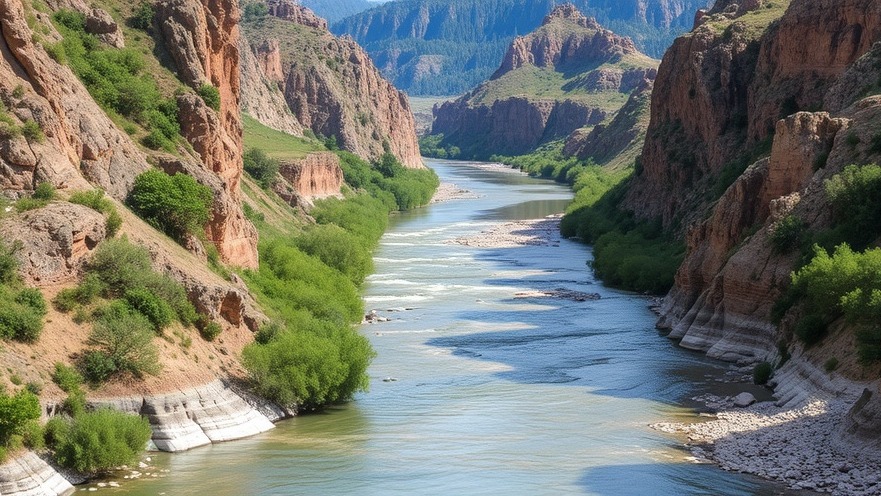
The Significance of the Texas-New Mexico Water Settlement
In a landmark resolution, a lengthy legal dispute between Texas and New Mexico regarding water rights along the Rio Grande has reached a settlement that aims to improve irrigation management and ensure fair allocation of water resources. The settlement, which involves the cooperation of local irrigation districts and the Department of Justice, promises to enhance efficiency in water use while safeguarding the interests of cities and farmers reliant on this critical water source.
A Complex Journey: Background of the Dispute
The dispute, rooted in a 1938 agreement known as the Rio Grande Compact, outlines the amount of water each state can utilize from the river. However, modern hydrologic understanding reveals a complex relationship between aquifers and surface water, complicating enforcement of the compact. Over the years, agricultural expansion and prolonged drought conditions have prompted increased groundwater pumping in Southern New Mexico, which Texas claims undermines its rightful access to Rio Grande water.
Understanding the Settlement Package
The newly agreed-upon settlement includes various critical components that aim to rectify this long-standing conflict. Key aspects involve the introduction of novel formulas to govern how water allocations are calculated, a commitment from New Mexico to curtail groundwater depletion, and revisions to the operational guidelines for the Bureau of Reclamation’s Rio Grande Project.
Furthermore, New Mexico may transfer water rights from the Elephant Butte Irrigation District (EBID) to fulfill its agreements with Texas, ensuring compliance while compensating local interests in the process.
Impacts on Agriculture and Urban Areas
The implications of this settlement extend beyond formal legalities; they resonate deeply within agricultural sectors and urban communities in both states. For farmers, this agreement translates into reliable access to water for their crops, while cities like El Paso can breathe a sigh of relief, knowing their water supplies are secured, as expressed by El Paso Water Improvement District's general manager, Jay Ornelas.
Farmers in regions heavily dependent on the Rio Grande can significantly benefit from these provisions, guiding sustainable practices and promoting responsible water management.
Environmental Considerations and Future Implications
As water scarcity becomes an increasingly pressing issue in the Southwest, the agreement strives to strike a balance between economic development and environmental sustainability. The settlement’s provisions are not merely reactive but proactive, aiming to shape a more resilient water management strategy amidst growing environmental challenges. Strategies like reducing groundwater depletion contribute to a healthier river ecosystem, essential for wildlife and plant life thriving along the Rio Grande.
Conclusion: Moving Forward Together
As communities on both sides of the Rio Grande adjust to this new framework, the effects of this settlement will unfold over time, holding the potential to foster collaboration between states amidst shared resources. Understanding the fluid nature of water rights and environmental necessities will be crucial as these regions navigate future water governance.
The settlement offers a newfound hope for equitable water distribution and sustainability, setting a precedent for inter-state cooperation as other regions grapple with similar challenges. In an age where climate change looms large, this legal resolution showcases a vital step towards a more cooperative future in managing crucial water resources. Understanding such complexities sets the stage for future discussions on water management practices across Texas and beyond.
 Add Element
Add Element  Add Row
Add Row 



Write A Comment